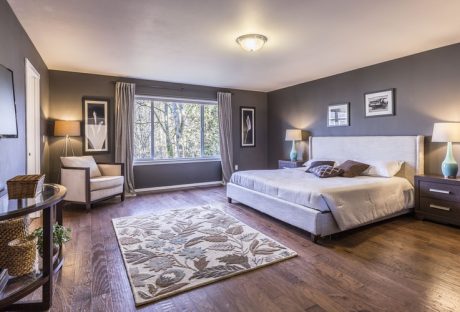Despite kid’s petite size, they occupy a considerable amount of space including their toys and games, specifically if you live in a small space apartment. This can be a never-ending puzzle with each additional child if you don’t find your way to place all of the stuff where it is meant to be!
Are you wondering how to take the maximum usage of the spare areas in your apartment?
Then, take a look at the 5 most useful and practical tips to use all empty areas in your small space:
Make Your Living Small Space Kid-Friendly:
Making your apartment jam-packed with a lot of loose showpieces and vases is a big no-no. It looks not only messy but also not suitable for kids in terms of safety. Look at some interesting tips to make your small space looks more open and expanded:
- Do not put plenty of stuff together in every corner of your apartment. Instead, put small pieces of stuff maintaining the theme as well.
- You can even use colorful baskets in your living area to keep the trash away instantly; it will help you in keeping the area clutter-free always.
- Instead of using glass pieces and vases, use a wooden one! It will safeguard your kid from an accident while he is crawling or playing all around in the apartment.
Use Smart Storage Ideas:
If you still struggle with keeping rarely-used things within your home, then self-storage units are at your rescue. You can also choose an ideal size for your stuff with different sizes available. People at the facility understand any concerns you might have and make the process easier than you would think.
Regardless of the weather, they make sure that your valuable storage remains safe and secured. These units are not only meant for keeping your stuff near you but also they are helpful in terms of relocating.
Take Advantage of the Usage of Vertical Spaces:
Making the maximum use of vertical spaces, whether it is in your bedroom, kid’s room or kitchen is one of the best ideas! It will make your small space more presentable and well-organized.
You can buy shelves and cupboards, or you can consider creating customized units with accurate dimensions, placing them in the most suited areas. It will not only make your apartment look wider and open, but also gives you plenty of space to throw on random stuff inside.
Keep It Minimal and Classy:
As we have already discussed above, that is, try to keep as minimal stuff as possible. For instance, instead of keeping big indoor plants on floors, put tiny ones on your shelves keeping in mind your kid’s safety. Likewise, instead of putting huge and heavy furniture, use small customized furniture that you can lift without many efforts.
To give your kids the maximum area to play in the living room is to show some creative side in wall designing and paintings rather than focusing only on floors.
Play With Colors but Do Not Overdo It:
You probably got numerous interior designing ideas on the internet, but do not splurge your money without even considering whether or not it suits your apartment. Keep it simple instead! Now, it doesn’t mean that you use only one color, but try to use subtle colors.
Let’s say, white color is something that looks more spread-out and gives an illusion of a bigger space. When it comes to kids, bright colors will be more likely to make them joyful, so, why not give it a try into your kid’s room!
Read Also:






















